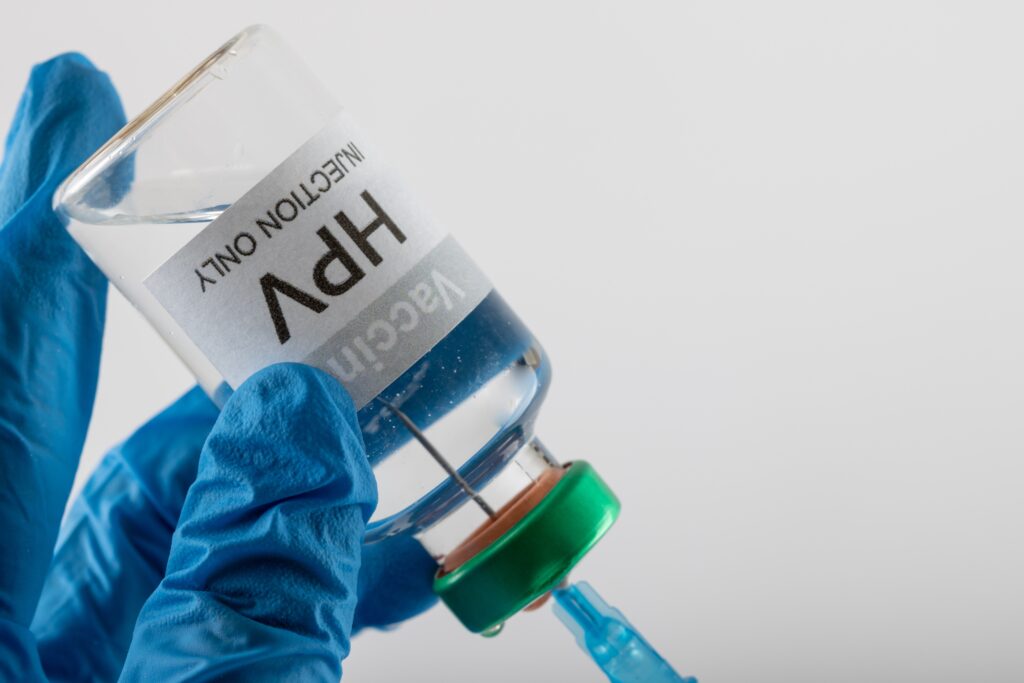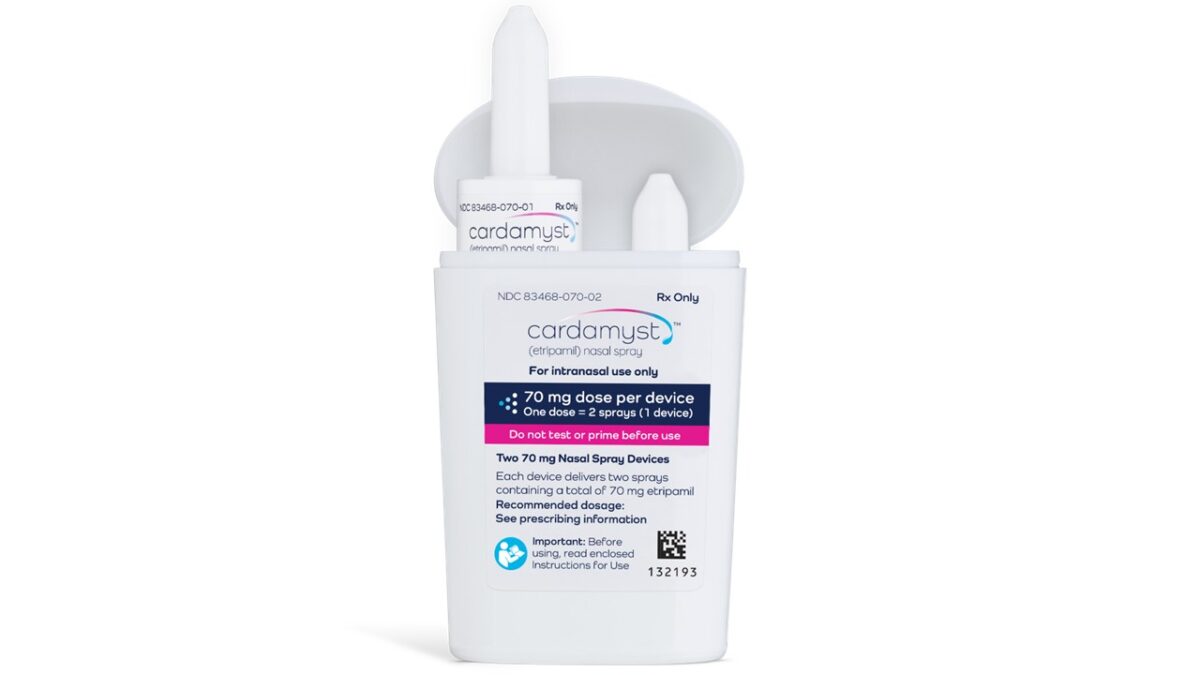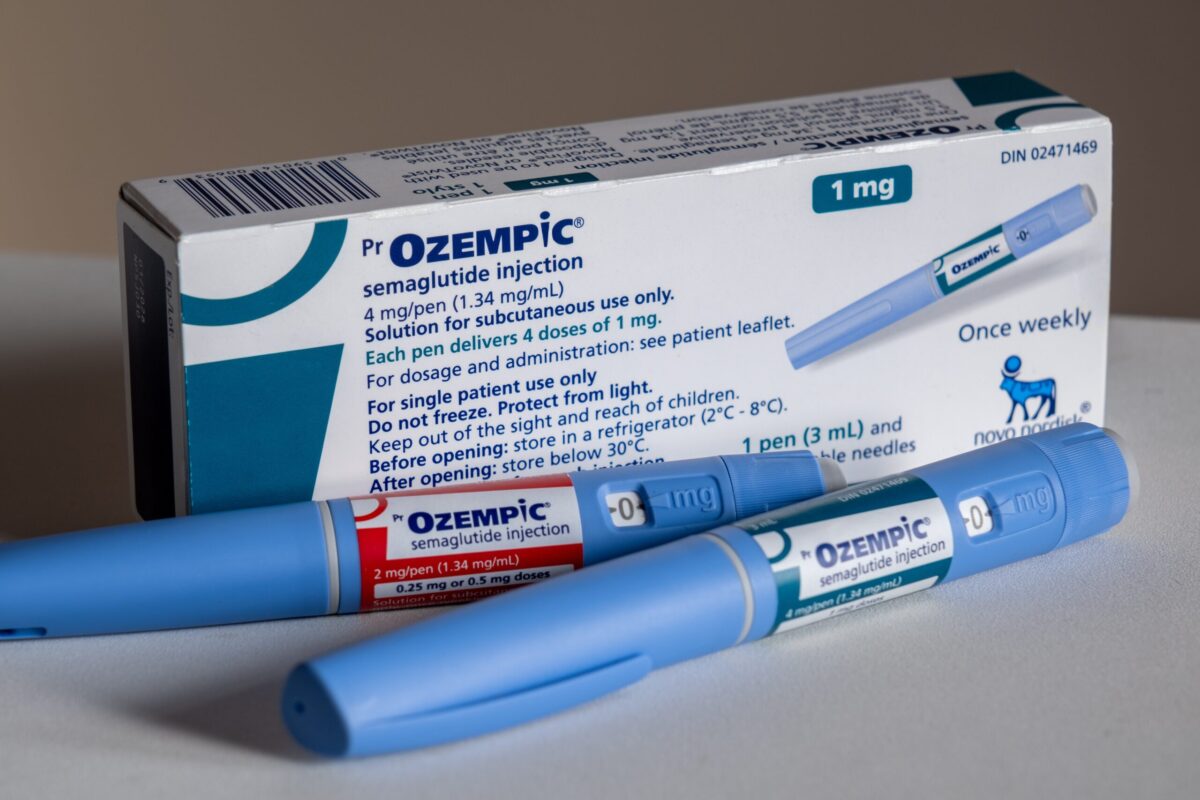International HPV Awareness Day 2024 falls on March 4 and plays an important role in increasing awareness about human papillomavirus (HPV), a virus linked to many types of cancers and other diseases. International HPV Awareness Day 2024 is an essential call to action for increased education, vaccination uptake and access to screening and treatment services.
This day acts as an opportune moment for professionals in healthcare, life sciences and related fields to highlight the importance of HPV prevention and vaccination as well as the recent advancements in screening and treatment.
HPV, the most common sexually transmitted infection globally, is notably associated with cervical cancer, as well as other genital and head and neck cancers.
The HPV vaccine, advised for individuals aged preteens to 26 years who have not received sufficient vaccination earlier, is effective in averting the majority of cervical cancer instances and various other cancer types. In addition, some types of HPV vaccines can be given to those older than 26 years of age. In fact, the inception of International HPV Awareness Day has played an important role in debunking myths about HPV and its vaccines.
The Role of International HPV Awareness Day 2024
International HPV Awareness Day is important for industry professionals and the public to engage in open discussions, share the latest research and developments and commit to actionable steps towards preventing HPV-related diseases. The virus’ link to cervical cancer makes it responsible for cancer-related deaths among women worldwide, in addition to other types of cancers that affect both men and women.
There are over 200 different types of HPV that manifest in different ways. Although certain types are asymptomatic, others can cause genital warts or common warts on other body parts, which are often called low-risk HPV. The types of HPV that might cause cancer, particularly HPV 16 and HPV 18, are high-risk HPV.
International HPV Awareness Day 2024 focuses on the following key areas:
Vaccination: HPV vaccines can considerably reduce the incidence of cervical and other cancers, which makes vaccination campaigns a priority for public health. Vaccination also continues to be the most powerful tool for preventing HPV infections and their associated health risks. There has been a significant reduction in the prevalence of the HPV virus among vaccinated populations. Recently, the US Food and Drug Administration (FDA) has also approved new and more comprehensive HPV vaccines that offer enhanced protection against cervical cancer and other HPV-related conditions.
Screening and early detection: Early detection of HPV infection is important for effectively managing and treating the conditions, ultimately reducing the overall burden of the disease.
Public education: Providing accurate information about HPV transmission, prevention and treatment and dispelling myths and misconceptions about the virus and its vaccines is vital for improving vaccination rates and encouraging responsible health behaviors.
Healthcare access: The disparities in access to HPV vaccines and screening services can be addressed by ensuring that they are available to all sections of society, regardless of geographic or socioeconomic status.
HPV in the United States: Facts and Figures
HPV is the most common sexually transmitted infection (STI) in the US, with millions of Americans currently infected and tens of thousands of new cases being diagnosed on an annual basis. According to the Centers for Disease Control and Prevention (CDC), nearly every sexually active person will acquire HPV if not vaccinated. In fact, HPV is linked to over 30,000 cases of cancer each year in the US, highlighting the urgent need for effective prevention and detection strategies.
In the US, about 46,711 new cases of cancer are found in body parts where HPV is often found: 25,689 among women and 21,022 among men. HPV causes about 37,000 of these new cancer cases, with cervical cancer being the most common HPV-associated cancer among women, whereas oropharyngeal cancers (cancers of the back of the throat, such as the base of the tongue and tonsils) are the most common among men. Some other interesting facts related to the prevalence of HPV include:
- An estimated 85 percent of people will get an HPV infection in their lifetime
- About 13 million people are infected with HPV each year in the US, including adolescents
- Globally, nearly one out of three men have at least one genital HPV strain, and nearly one out of five men have one or more of the high-risk HPV strains
- HPV infections that cause other diseases affect more than 42 million Americans
XTALKS WEBINAR: IVD Survival Guide: Navigating Uncertainty in the US and European IVD Regulatory Landscape
Live and On-Demand: Friday, April 5, 2024, at 11am EDT (4pm BST/UK)
Register for this free webinar to gain insights into how regulatory guidance can help IVD developers proactively navigate uncertainty and mitigate potential financial, compliance and operational risks.
Innovations in HPV Detection: The Role of the Medical Device Diagnostics Industry
There have been considerable advancements made in technologies that offer earlier and more accurate diagnoses of HPV. Recently, the development of high-throughput DNA testing methods has made the precise identification of high-risk HPV strains possible.
Moreover, companies are pursuing the development of portable diagnostic tools, which could revolutionize how and where testing can be conducted. This is particularly helpful for underserved regions where access to traditional laboratory facilities can be extremely limited.
High-Precision Molecular Testing
The shift towards molecular testing methods that can detect the presence of HPV DNA in cervical cells has been an important development. They offer better sensitivity and specificity compared to traditional Pap smears, thus enabling healthcare providers to identify high-risk HPV infections that can lead to cervical cancer. The FDA has approved many HPV DNA tests that can be used alone (primary HPV testing) or along with Pap tests (co-testing) for cervical cancer screening.
Related: Abbott’s HPV Test Gets FDA Approval for High-Risk HPV Detection and Cervical Cancer Screening
Next-Generation Sequencing
Next-generation sequencing (NGS) technologies are being considered for HPV detection and genotyping. Because NGS helps identify and differentiate between multiple HPV strains in a single test, it can provide valuable information on the presence of high-risk HPV types.
Point-of-Care Testing Devices
Point-of-care (POC) testing devices are revolutionizing HPV screening as they make it more accessible, especially in low-resource settings. Moreover, they allow for rapid detection of HPV at the site, thus reducing the need for sophisticated laboratory infrastructure and long waiting times.
Integration of Artificial Intelligence
HPV testing and cervical screening processes are being improved with the integration of AI and machine learning. As AI algorithms can digitally analyze images of cytology slides or molecular test results with high precision, they can identify patterns and markers that may indicate the presence of high-risk HPV infections. This helps improve the accuracy of screening programs, reduce human error and facilitate the prioritization of cases that require immediate attention.
Self-Sampling Kits
Self-sampling kits for HPV testing have helped improve screening participation. They allow individuals to collect their own samples and send them to a laboratory for analysis. This convenient and less invasive option has been shown to increase screening rates and is particularly valuable for individuals who face barriers in accessing healthcare services.
Multiplex Assays
Multiplex assays that are capable of detecting multiple pathogens in a single test include many HPV types. They are advancing the efficiency of diagnostic processes, and these assays can screen for HPV and other STIs, thus streamlining the diagnostic workflow and providing a comprehensive overview of an individual’s STI status. This approach improves patient care and optimizes the use of laboratory resources.
HPV Vaccine: History and Related Developments
HPV vaccine development has been one of the significant achievements in the field of medical science. It offers a powerful means to prevent a range of HPV-related diseases such as cervical cancer, other genital cancers and genital warts. The vaccine development journey involved rigorous research, clinical trials and technological advancements to combat one of the most common STIs worldwide.
The Emergence of HPV Vaccines
In the early 1980s, researchers first identified the causal relationship between HPV and cervical cancer. Dr. Harald zur Hausen’s pioneering work, for which he won the Nobel Prize in Medicine in 2008, has been the foundation for HPV vaccine development as it demonstrates that HPV types 16 and 18 are responsible for most cervical cancer cases.
Merck’s Gardasil was the first HPV vaccine to be approved by the FDA, and it was approved in 2006. Gardasil is a quadrivalent vaccine that is designed to protect against four HPV types, namely, types 6, 11, 16 and 18. While HPV types 16 and 18 are responsible for approximately 70 percent of cervical cancer cases, types 6 and 11 are responsible for about 90 percent of genital warts cases.
Cervarix is a bivalent vaccine developed by GSK that received FDA approval in 2009. It targets HPV types 16 and 18 and thus focuses on preventing cervical cancer.
Gardasil 9 is a significant advancement in HPV prevention and was approved by the FDA in December 2014. Gardasil 9 increased protection to five additional HPV types, which were types 31, 33, 45, 52 and 58, all of which are responsible for an additional 20 percent of cervical cancers. The improved coverage considerably enhanced the vaccine’s potential to prevent cervical and other HPV-related cancers. In 2018, the FDA also approved Gardasil 9 for men and women aged between 27 and 45, thus considerably expanding the age range beyond the initial target of adolescents and young adults.
As of 2024, the FDA has approved several vaccines that protect against the most harmful strains of HPV, which are responsible for most cervical and other HPV-related cancers. These recent approvals have expanded the age range for HPV vaccination, and protection is possible not only for preteens and teenagers but also to adults for up to 45 years of age. However, more public health awareness is required to increase vaccination rates, with campaigns targeting both young people and adults who are eligible for the vaccine.
Latest Recommendations for HPV Vaccination
The FDA continues to update its recommendations for HPV vaccination to increase vaccine coverage and effectiveness. One of the most important updates was the expansion of the recommended vaccination age. The Advisory Committee on Immunization Practices (ACIP) and the CDC have updated their guidelines to demonstrate these changes, thus emphasizing the safety and efficacy of vaccines across a broad age range. They have also advocated for “catch-up” vaccinations for those who were not vaccinated at the recommended ages.
The HPV vaccine’s evolution, from its initial versions to the latest FDA-approved Gardasil 9 for a broader age range, highlights the ongoing efforts to enhance public health via vaccination. Owing to each advancement and expanded recommendation, more individuals are getting protected against the viruses’ potential harms, thus moving closer to a future where HPV-related cancers and diseases could considerably reduce.
With International HPV Awareness Day 2024, the focus is on advances in detection and the critical role played by vaccination in the progress made towards combating this virus. The ongoing efforts of the medical device diagnostics industry, coupled with the widespread implementation of vaccination programs, represent key steps forward in the global fight against HPV.
By continuing to promote awareness, education and access to prevention and treatment options, we can look forward to a future where the impact of HPV is considerably diminished, leading to healthier communities and a reduction in HPV-related cancers and diseases.












Join or login to leave a comment
JOIN LOGIN